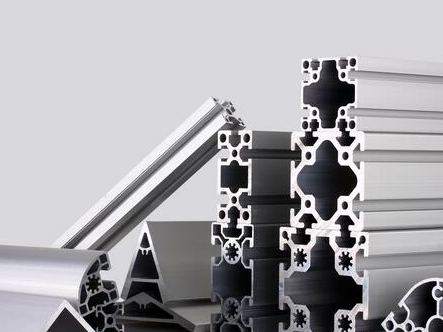
The extrusion process may seem fairly simple and automatized, they are anything but. In truth, extrusion is a very complex process which is dependent on the correlation between numerous parameters that need to be adapted during the process. Those parameters are called TST parameters and refer to the temperature, speed and time.
In essence, before, during and after extrusion, the following factors must be closely monitored:
Billet temperature in heating furnaces
container temperature
tool temperature
exit temperature of the aluminium bar/profile
quench media temperature
extrusion rate and quench delay
extrusion speed
final products and tool dimensions
These parameters must be closely controlled and monitored. The most important among them is temperature, which needs to be adapted depending on the extruded material and the desired final shape of the product. In general, the aluminum alloy billets need to be heated to between 300 and 595°C.
Another very important part of the extrusion process is quenching. As seen above, the extruded profiles are quenched immediately after exiting the die. In this stage it is essential that every part of the aluminum bar is covered by the right amount of water for the right amount of time. Meaning that they cool down from the extrusion temperature to room temperature as quickly as possible. Only then can the extruded bars/tubes/profiles be cooled uniformly and reach the highest mechanical and technological properties. The fastest quenching rate will achieve the best combination of strength, toughness and microstructure. This process is commonly used in producing extruded shapes of the 6xxx Al series e.g the T66 temper.
After the extrusion and quenching process is completed successfully, the following parameters need to be monitored closely:
dimensions and tolerances of the product
surface finish
mechanical properties
macrostructure of the bars/profiles/tubes (without back end defects)
other special quality considerations



Related Comments